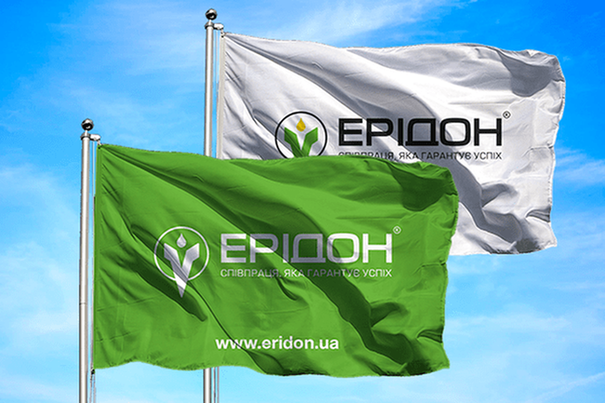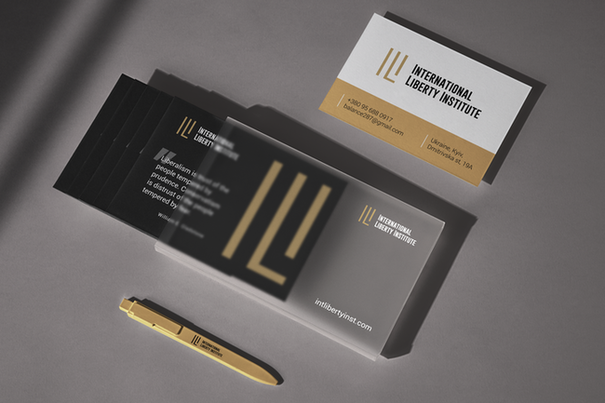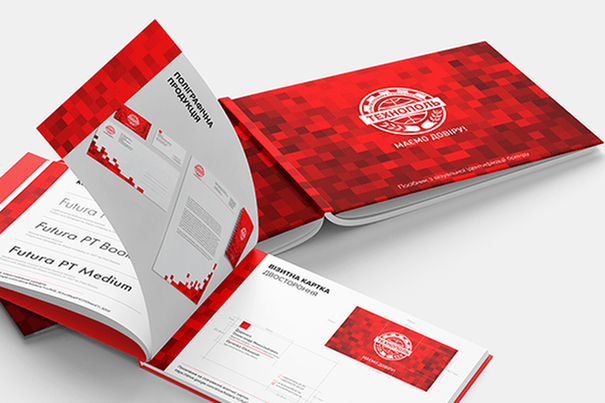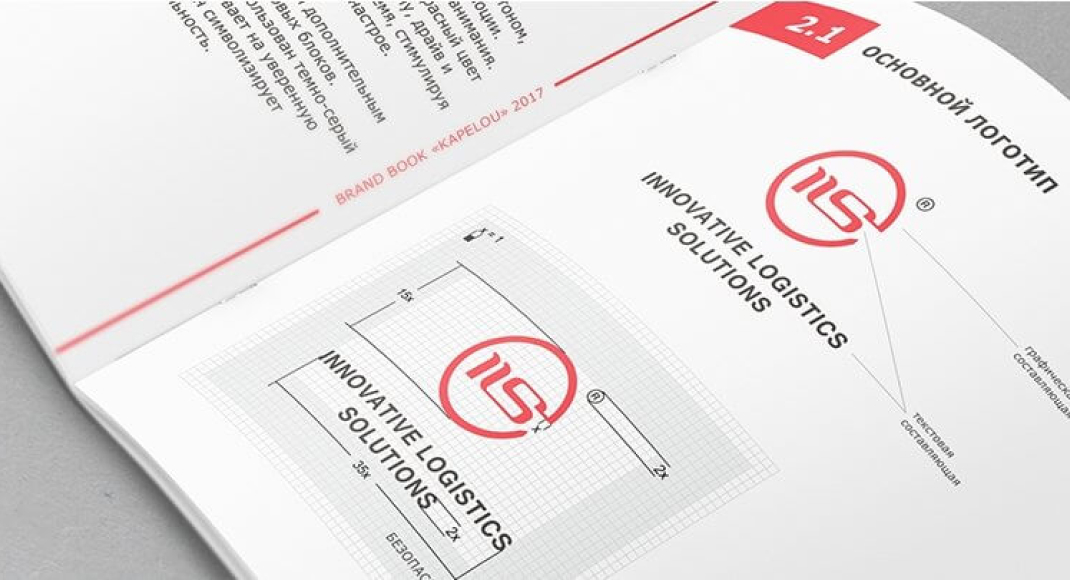
Brandbook
development
Brandbook includes positioning, development of strategy of the company, as well as the main brand elements and principles of their design.
Get a consultation
The concept
of brand
promotion
The introductory part of the brand book reveals the company's philosophy and image that allow the audience to get certain functional and emotional associations and remember the brand.
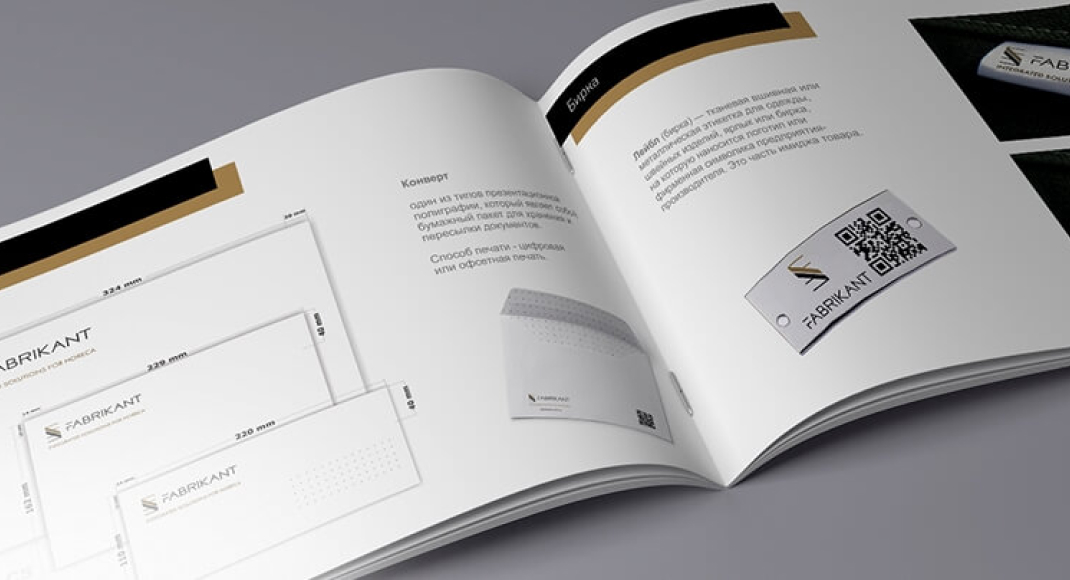
Description of
branding
standards
The main part of the brand book contains rules for the use of elements of corporate identity, which increases the effectiveness of marketing communications and helps the consumer to identify the brand quickly.
Why a brandbook is needed?
 01
01
Increase of brand awareness
A single style in the design of online and offline advertising, the use of corporate elements by the company's representative offices in various regions significantly increases the effectiveness of brand promotion.
 02
02
Reduced costs on the development of advertising materials
Brandbook helps designers, marketers and managers of the company within a short time to create promotional materials that will fully correspond to the concept of brand promotion.
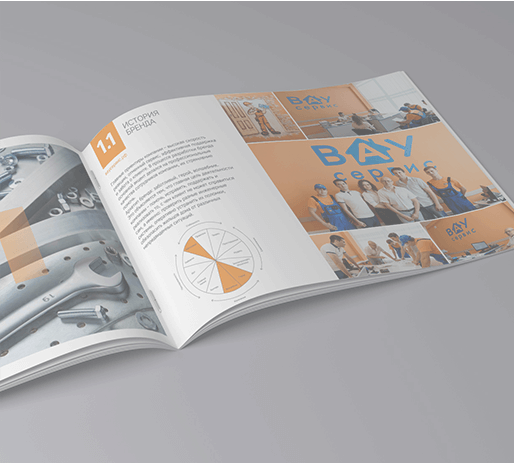 03
03
Introduction of corporate culture
The use of corporate identity standards throughout the company contributes to the enhancement of corporate culture. Brandbook describes the mission and values that are broadcasted through the company's employees to customers.
Our projects
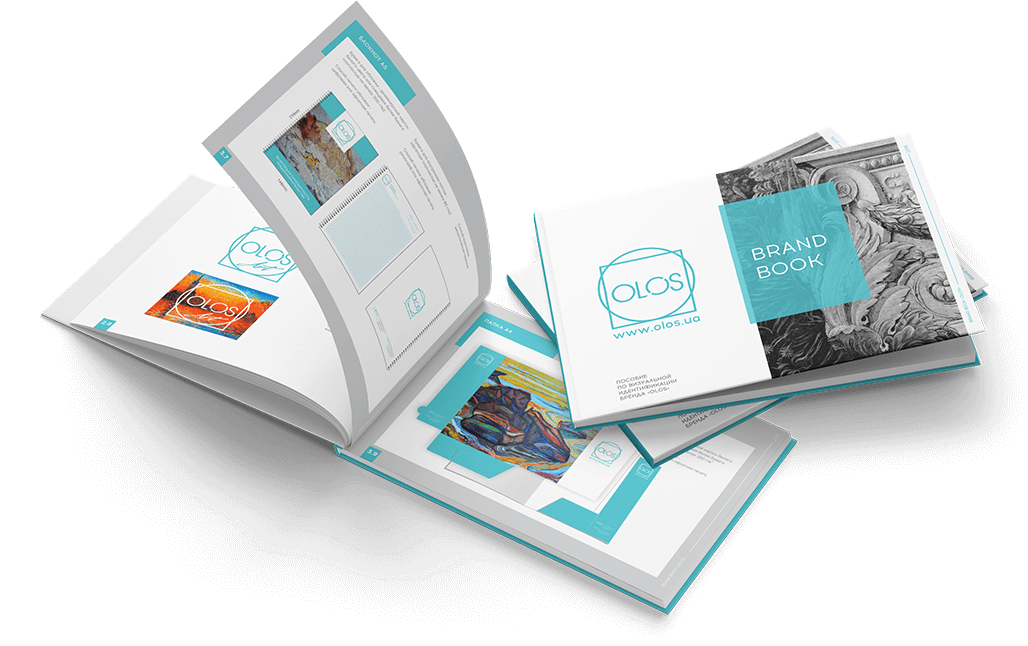
Leave a request
for your corporate brand book development
What is a brandbook made of?
As a result of our cooperation, you get everything you need for successful promotion of your company:
- - Description of the history and the general concept of the brand
- - Definition of the basic principles of work of a brand in the market
- - Characteristics of the target audience of the brand
- - Description of the nature and style of communication with the consumer, indication of key anchor phrases
- - Basic principles of marketing activities and work with social media
- - Rules and examples of using the logo
- - Requirements for fonts, color palette and image style
- - Variants of outdoor advertising, printing and souvenirs
- - POS-materials (Point of Sales Materials - advertising materials at points of sale that attract the attention of the consumer)
- - Branding uniforms and vehicles
Brand book - This is a code of rules for the use of elements of the company's corporate identity (logo, corporate font, color schemes). Guide, which includes recommendations for the visual presentation of the brand on various media. The company's brandbook also includes a description of TM positioning, examples of paperwork, employees' workwear, souvenirs, etc. Document intended for internal use.
What is the need to develop a brand book of the company?
The key task of the brandbook is the systematization of the standards for the use of visual elements of TM. Especially, it is important for companies with offices located remotely geographically, in other regions and countries. The existence of a set of rules helps maintain a unified corporate style, increases the effectiveness of marketing promotion.
Development of a brand book is a key step in the process of creating a company, regardless of its scale. It can be both a startup and a separate line of business of a market leader.
Creating a brand book has a positive effect on the product image, increases TM awareness among the target audience. This is a tool that every company needs to successfully work with employees of the advertising department, marketing specialists, and printing industry. The availability of standards for printing company symbols serves as a guarantor of the invariance of approved stylistics.
Brandbook: the main sections
Depending on the nature and scale of the activity, the structure of the document may vary. In the classic version includes:
- Positioning the brand on the market (description of philosophy, mission, values)
- Brand architecture (key messages to the consumer, communication tone, information transmission channels)
- Characteristics of corporate identity elements (rules for using the logo, requirements for fonts, style and color palette of images, vehicle design, POS materials)
The cost of developing a brand book depends on the number of described visual elements.

 Russian
Russian Ukrainian
Ukrainian

